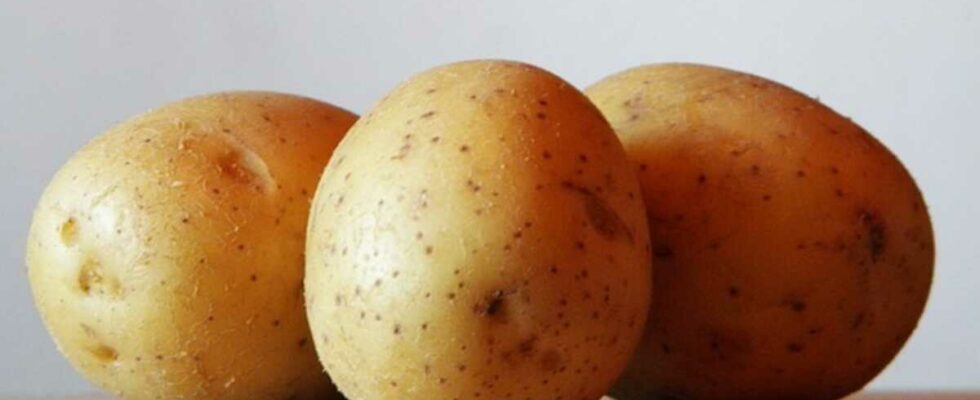With 20 to 30g of carbohydrates per 100g, potatoes are an energetic food that quickly raises blood sugar levels (blood sugar levels). This increase in blood sugar is accompanied by secretion of insulin by the pancreas. Insulin is a hormone whose role is to allow glucose to enter cells where it will be used as an energy source. In case of diabetes, this mechanism malfunctions. In a patient with recent diabetes, the sugar level remains too high in the blood, while in a patient with older diabetes, the pancreas no longer produces enough insulin.
Boiled potatoes, a starchy food authorized in cases of diabetes
“Boiled potatoes are an excellent starch but if we enrich them with fat, they will be much more caloric, in which case they will not be recommended for diabetics,” informs Dr Olivier Dupuy. In the same way, if it is consumed in the form of mash or soup, the potato will be absorbed much more quickly, which will increase blood sugar levels, so there are notable differences depending on the method of preparation.. “A diabetic can eat boiled potatoes with every meal, the difficulty being not to have an excessive intake of starchy foods,” he continues.
One starch at a time
To pay attention to your quantity of starchy foods, it is important to avoid mixing them at each meal, for example by avoiding combining bread with pasta or rice. We tend to add bread instead of substituting it for something else. “In certain populations, particularly Asians, the plate is made up of 80% or more rice, which is why we have difficulty helping them regulate diabetes because the body is overwhelmed by this very large and inappropriate quantity of carbohydrates”comments the endocrinologist.
Mix potato with vegetables to reduce the postprandial hyperglycemia spike
Having a diversity of intake in the diet, adding lots of green vegetables and mixing them with starchy foods is beneficial because it reduces the amount of starchy foods without reducing volume and satiety. “Diabetics are taught to use a container to get an idea of quantities because many eat from the traditional family dish and do not realize the volumes they are eating, indicates the endocrinologist. When we mix the potato in water with vegetables, we influence absorption and therefore reduce the peak of post-prandial hyperglycemia.which is always interesting in a diabetic patient”. The feeling of satiety is always linked to the volume that will enter the stomach. For example, if you start the meal with a food that is low in calories but high in volume such as salad or soup, the feeling of satiety will come more quickly. Conversely, if we eat our meal very quickly, we will lose the feeling of satiety and eat excessively. It takes ½ hour for the meal to induce a feeling of satiety.
